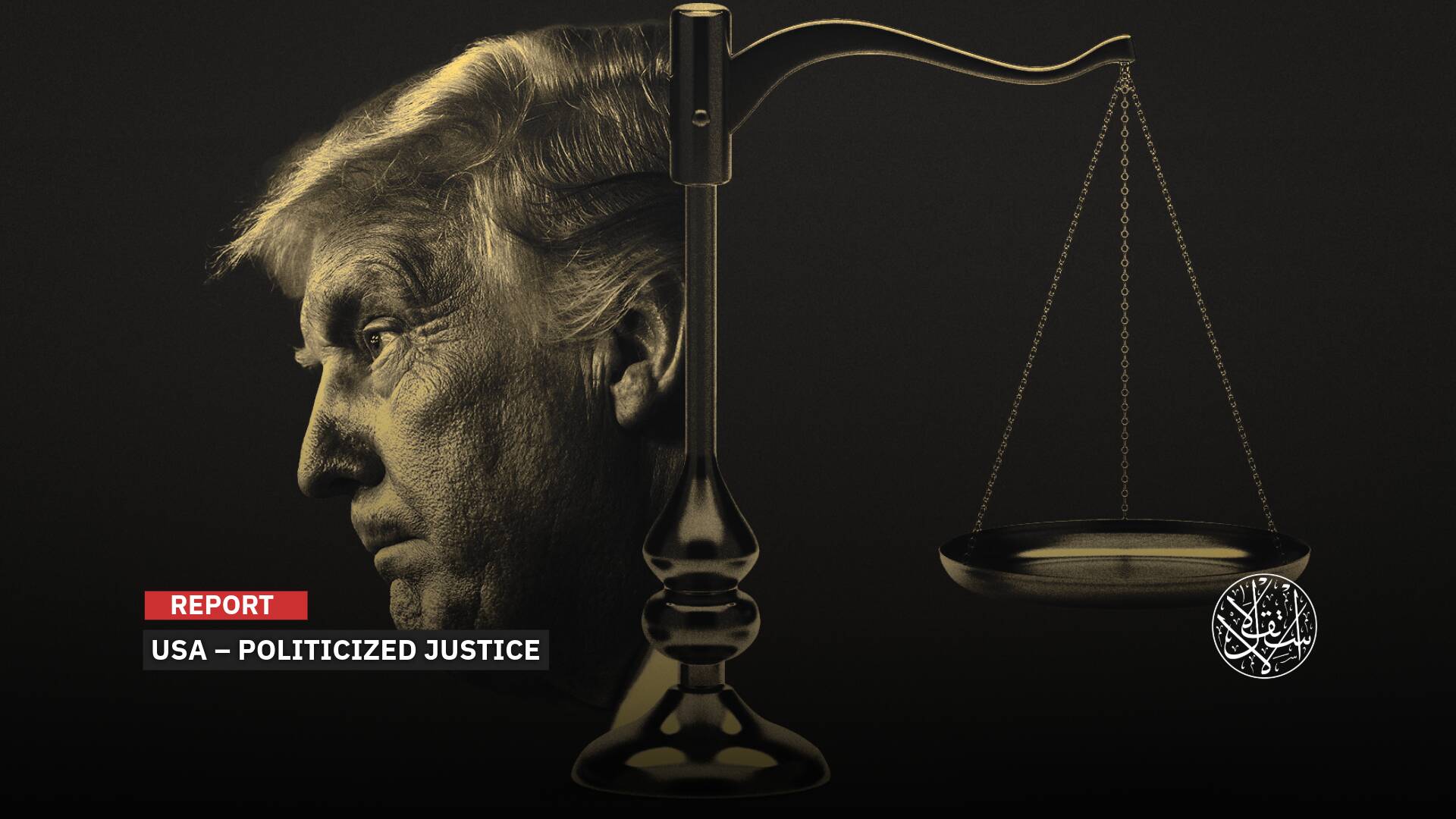How the Economic Indicators Show 2023 a Year of Recession?

The world economy today is going through an exceptional situation. Even before recovering from the Covid-19 pandemic, the world is suffering from the Ukrainian war, and there were renewed fears of an economic slowdown in China that may affect global growth, and other fears of slipping into the phenomenon of "stagflation" that unusually combines high prices with weak growth.
By the end of 2021, the global economy was expected to complete the recovery phase from the pandemic, with optimistic forecasts of 6% growth, followed by optimistic growth of 4.7% for 2022 and a decline to 3.8% in 2023. This is according to forecasts for the last months of 2021.
How has the economic outlook changed this year? What has the world grown throughout? And what is the outlook for 2023? What does the picture look like in the world's economic centers, specifically in America, Europe, and China?
Hopes of Recovery
Global growth, which was expected at the end of 2021 to reach about 4.5% in 2022, seems to be only 3.2%, according to what the IMF published last October. The global economy is expected to grow by 2.7% in 2023, down from 3.8%.
The main Western countries are in advanced positions in the decline in growth rates expected to be achieved this year as well as next year. Although the Ukraine war is far from over, it is likely to have many other effects that could exacerbate the current situation.
After the global financial crisis of 2007 and 2008, growth in both Europe and the United States became weak, meaning that real growth rates are not negative on average, but weak, unable to achieve high rates such as China, for example, and it is noticeable that European countries were worse than America.
It is clear that the current crisis is heading for something worse than it was since the global financial crisis until the year of the pandemic, as the United States is expected to record real growth of 1.8% this year, followed by 0.5% in 2023, and then 1% in 2024. These results are far worse than the post-financial crisis vulnerability and are very close to slipping into the negative growth trap.
Although it has started to slow recently, it fell in October to 7.7% from above 8% for seven months, and exceeded 9% in one month, and is expected to remain above 5% until the end of the first quarter of next year. It is known that the health inflation rate should be only about 2% in the long run.
The situation is not much different in the most prominent Western European countries, as the European region in general is expected to record growth of 3.3% in 2022, 0.5% in 2023, and 1.4% in 2024, and these results are higher than the average of Germany, France, or Britain that is not part of the European Union.
Germany will achieve 1.8% this year, negative 0.3% in 2023, and 1.5% in 2024. France will achieve 2.6% this year, 0.6% in 2023, and 1.2% in 2024. This year is expected to be good for Britain by 4.4%, worse than the rest in the following two years by minus 0.4% in 2023, and 0.2% in the following year.
As for inflation, the situation in Europe is worse than in the United States; the European region is not expected to reach 5% until the end of 2023, with European countries remaining more vulnerable to the volatility of their economies, and their expectations differ as the war in Ukraine continues.

China's Stumble
The Chinese economy represents 18.5% of the total global economy and contributes 30% of the total global growth, meaning that it contributes to growth more than its share of output, which reflects its importance and greater ability to drive the global economy compared to the larger but slowest growing economies of America and Europe.
The intertwining of the Chinese economy with the global economy shows that it has the largest share of trade in the world, as China accounts for 13.45% of the world's total exports, followed by the United States with about 9%, while it is the second largest importer in the world with 11.4%, after the United States with 13.9%.
This means that the slowdown in China reflects a global slowdown, and it is enough for China not to achieve high growth rates until the likelihood of other economies entering recession and negative growth, and perhaps even a global economic crisis, rises.
Last October, it seemed that China was on the path of putting the policy of closures behind it and entering the path of economic recovery and returning to growth rates after it caused China to be deprived of growth in the second quarter.
It was expected that this year would end with a growth equal to 3.2%, to accelerate growth in 2023 to 4.4%, according to the International Monetary Fund. Although these figures are high compared to Western countries, they are very low compared to the usual Chinese growth rates, which did not fall below 6% since three decades ago except for the year of the pandemic.
The roots of the problem today go back to the strategies of Chinese President Xi Jinping, who believes that the Chinese economy has already made important achievements in previous decades.
But these achievements have occurred at the expense of imbalances in the economy, and the role today came to address these imbalances, albeit at the expense of economic growth, which the Chinese president believes was already inflated and with low productivity compared to its size.

Developing Countries Crisis
If the United States and Europe are paying the price for their political orientation in Ukraine, and at the same time can afford economic pain for a few years, other countries in the world cannot afford to rise in energy and food prices, but also the risk of some food unavailability.
Also, many countries depend for their growth on the continuation of the global economic growth wheel dependent on China as the factory of the world, and these countries do not benefit from the economic reforms that the Chinese president wants to implement, but they will be affected economically if China continues to slow.
The impact of the current situation is evident when studying the impact of the adjustment of monetary policy in the United States on countries such as Turkiye and Egypt, which used to rely on high-interest rates compared to Western countries, which attracts external capital, but this policy can no longer continue in light of raising US interest rates, along with those of other major central banks, in order to fight global inflation.
At the same time that major central bank moves are attracting money out of many developing countries, raising interest rates means a greater risk to growth prospects in central countries, and a slowdown in these countries means a global slowdown, which means the end of a negative impact in developing countries that need global growth as an engine for the growth of their economies.
US interest rates stand today at 3.75% and are expected to continue to rise next year until they reach a peak of 4.5%, according to the expectations of the US Federal Reserve, with the possibility of increasing them further if high inflation rates continue.
In the short term, a higher interest rate means greater attractiveness to invest in the country's currency, which raises its interest rate. This means that the dollar will remain within its high rates and may even rise again after a relative decline—still higher than pre-Ukraine war rates.
This means a rise in the cost of loans to developing countries, in addition to many of them having to raise their interest rates, which in turn leads to a rise in the cost of borrowing them domestically.
This means a higher debt burden on developing countries along with a higher need for financing, and with higher interest rates, new loans will be more expensive, but many developing countries will not be able to avoid further borrowing, even at a higher cost.
Sources
- The Fed announces 4th consecutive ‘jumbo’ interest rate hike of 75 basis points—here are 4 things that will be more expensive
- China's share of global gross domestic product (GDP) adjusted for purchasing-power-parity (PPP) from 1980 to 2021 with forecasts until 2027
- Sluggish Economy
- GDP growth (annual %)









